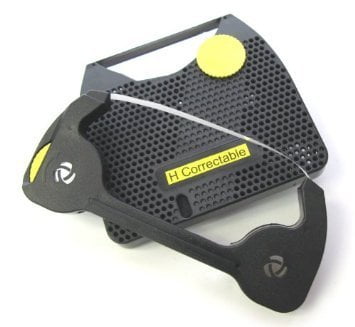

I was merely inquiring to see if I missed something in my own personal readings. Don't forget they shot rifles with bayonets attached, that opens up groups more than any sight hood could obscure a silhouette. I appreciate your personal opinion, but it would seem the catalog of photographic evidence from the 1903 in combat (pre-WW1-thru-post WW2) would go against your own personal thoughts of what an author would mention. It doesn't make a rifle more "correct" to have that piece of sheet metal on the front sight, it just makes the rifle less useful for shooting.
Smith corona install#
Why in the world would you even want one on the rifle or risk scratching the band to install it. They were nothing but an appliance that was put of for a specific purpose and, I'll betcha', tossed when they served their purpose. Why would any of the experts even bother to mention what was done with them? Wasted ink. What would you do with it as a GI when you took it off because it was in the way? Put it in your pocket to use later? You can bet they just tossed them. If that is the number 1 issue, you've got a pretty nice rifle. In the world of 1903 collecting, there are so many ver scratches are 99th out of 100 problems. No reference in Crossman, Campbell, Brophy or Canfield. Never heard they were thrown away? Must be some information in a book yet to be written.

You only have to spread the sight hoods legs a little by using a needle nose style plier. Which seem to be the way I learn life lessons. Unfortunately, through bitter experience.

If you want a front sight "hood" for shooting find a USMC 1903 front sight hood which is taller wider and heftier and designed for shooting. It's just too short and narrow to provide any useful purpose. It is not a shooting "hood" in the any sense of the word. Then it will end up in your box like the ones I mistakenly bought several years ago and found useless. Essentially putting one on will lower the value of the rifle due to the damage it will cause. Putting one on will scratch the front sight band permanently and you'll find, if you actually want to shoot the rifle, the thing is more of a hindrance than a help and you'll soon be taking it back off scratching the band even more. They were installed to "protect" the front sight blade for shipping and transit and later to be discarded (taken off and thrown away). They were never meant to be left on the rifle for actual use. The correct term for these devices is front sight protector. I have yet to connect them with Smith-Corona. The Gotham Pressed Steel Corp., whose trademark was a "G" or a "G" in a triangle, was an ordnance spare parts contractor for front sight covers. I will, therefore, assume that Seaville was Smith-Corona's supplier throughout production. I don't know who supplied early Smith-Corona rifles because I have yet to find a mint rifle with the original cover intact. (whose trademark was an encircled "S") was Smith-Corona's front sight cover supplier for mid-to-late production rifles. I have found no evidence that Sedgley made front sight covers. What you "read in several places" is partially correct for a Smith-Corona rifle. Which of the various sight hoods would be correct? From what I have read, most reference an unmarked hood, but, I have also read in several places that a Sedgley would/could also be correct. Economical, easy-to-install correction ribbon.I am looking for a correct front sight hood for my Smith Corona 1903A3.For use with Smith Corona™ typewriters.To be used only with lift-off correcting cassettes or lift-off correcting tape spools. Smith Corona 21000 Correctable Ribbon - Correctable Film Black Typewriter Ribbon gives you unmatched sharpness and clarity on printed text.


 0 kommentar(er)
0 kommentar(er)
